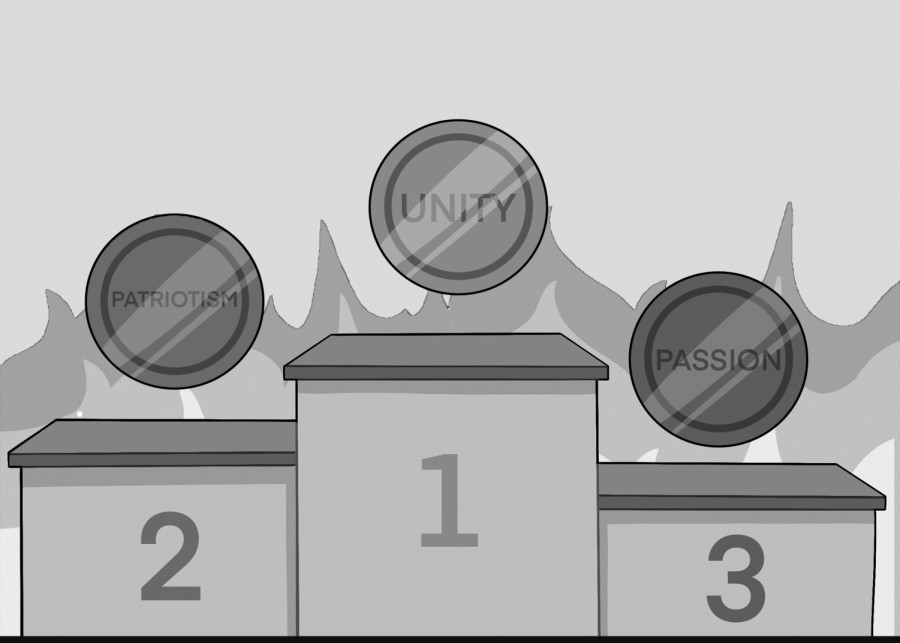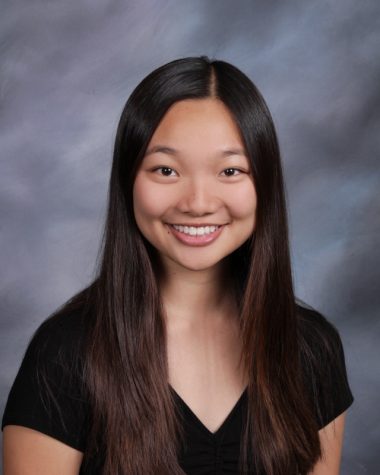My history exam loomed dangerously near. I spread my flashcards out on my desk, consolidated my hand-written notes and toggled through three different shared study guides on Google Drive. As my alarm clock flashed 11:23 p.m., I began compiling a list of key terms from the unit: Navigation Acts. Seven Years’ War. Cottage industry.
However, even as I committed these events to memory, they seemed entirely removed from current times. My teachers always explained to me that history is fluid, dictated by a series of causal events that inevitably move through cycles leading up to the present. They told me that students should study history “to avoid repeating the past.” Yet I always wondered—how can we avoid repeating the past if we don’t understand how it relates to our current world?
Last year, in my Advanced Placement United States History class, my teacher assigned both textbook readings and recently published articles from The New York Times and The Atlantic for homework. In class, we analyzed the construction of certain social structures and examined how these hierarchies are perpetuated in the present day. For instance, in our second to last unit of the year, we studied how the return of African American soldiers at the end of World War I led to the Red Summer of 1919, a series of massacres of Black people intended to maintain white supremacy. We then learned about the creation of Japanese internment camps during World War II and compared them to the anti-Chinese sentiment rampant throughout the war against COVID-19. Again and again, we saw how minorities were scapegoated during national crises, rendered as “other” in an attempt to uphold a seemingly “untainted” version of America.
My teacher presented our past with stunning clarity, introducing history in a way that contextualized our present and gave it relevance. Our discussions allowed me to understand how our current reality is inherently shaped by our past and how we might work to achieve a more equitable world.
In English, although we learned about the legacy of slavery and systemic racism through books such as Jesmyn Ward’s “Salvage the Bones” and Toni Morrison’s “Beloved,”the present realities of the African American experience were not emphasized as much. Generally, in most of my humanities classes, conversations focused on the past and neglected to mention more recent events.
Members of affinity groups on campus regularly host discussions about the experiences of minorities within our community. The wider student body only began engaging in these difficult conversations during the Zoom meetings held after the murders of Ahmaud Arbery and George Floyd. Because all of these forums were optional, they attracted a group of students who were already dedicated to discussing difficult topics such as race, socio-economic status and privilege. For the most part, these conversations do not extend to the classroom.
Due to the implementation of the new block schedule this year, humanities classes have gained extra class time. With this additional time, English and history teachers can host biweekly lectures or discussions surrounding current events, giving students the opportunity to analyze the intrinsic connections between the past and the present, especially in terms of race.
As my friends turn 18 and receive voter registration forms in the mail, the study of current events becomes even more significant. In order for voters to make educated, politically aware choices and for all of us to understand the implications of the Black Lives Matter movement, we need to stay informed about current events. And those discussions about the present should start within the classroom.





































